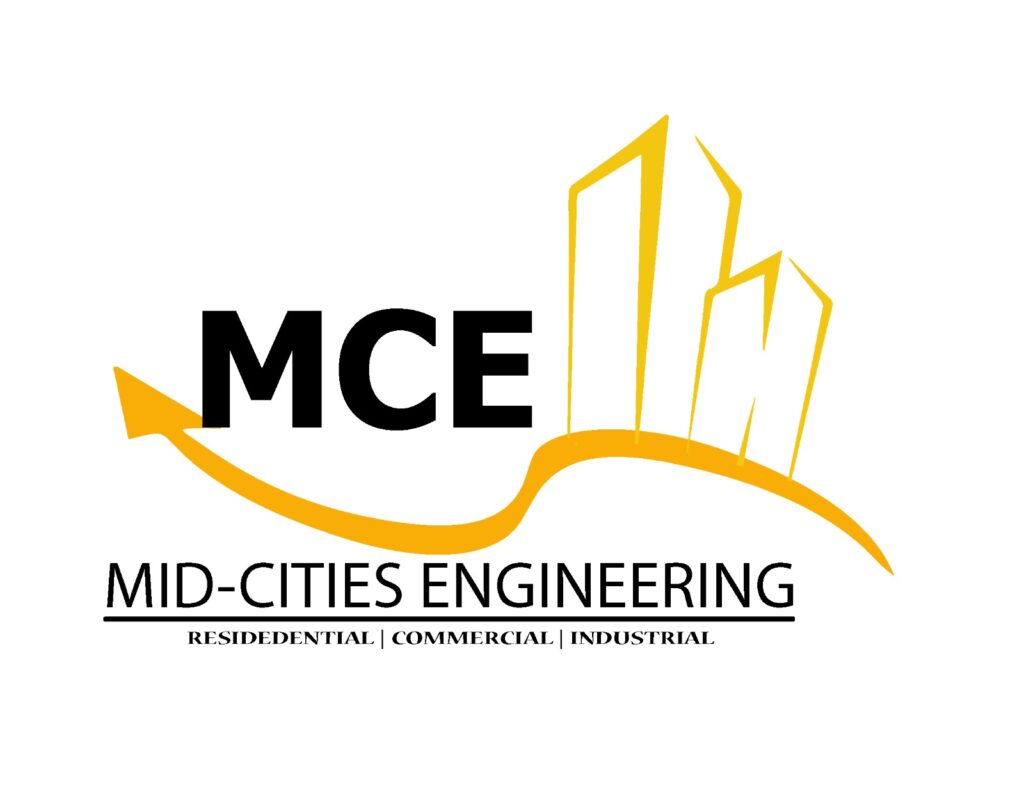Inspection and Plan preparation (EEEs)
Inspection and Plan preparation (EEEs)
In the realm of structural engineering, Inspection and Plan Preparation, commonly referred to as EEEs (Engineering Evaluation and Estimates), represent a crucial phase that lays the groundwork for effective project execution. This process involves the systematic evaluation of existing structures, followed by the development of detailed plans and estimates for engineering projects. Inspection and Plan Preparation (EEEs) in structural engineering form a comprehensive approach to assess, plan, and implement solutions for existing structures.
Objective of EEEs
The objective of EEEs (Engineering Evaluation and Estimates) in Structural Engineering is to systematically assess and evaluate existing structures, identify potential challenges or deficiencies, and formulate comprehensive plans and estimates for necessary repairs, modifications, or new construction. This process aims to systematically assess existing structures, identify potential issues, and formulate detailed plans and estimates for engineering projects. The key objectives include:
- Conduct a thorough evaluation of the structural integrity and conditions of existing buildings or infrastructure.
- Assess the properties and condition of construction materials used in the structure.
Ensuring Quality and Compliance
The term “EEEs” typically stands for “Engineering Evaluation and Estimates.” Inspection and Plan Preparation (EEEs) are integral components of maintaining and enhancing the structural integrity of buildings and infrastructure. Through meticulous evaluation, strategic planning, and adherence to regulatory standards, professionals in structural engineering contribute to the longevity and safety of the built environment.
Advantages of EEEs
- EEEs allow for the early detection and identification of structural challenges or deficiencies.
- EEEs provide a basis for accurately estimating the resources required for structural improvements, minimizing unnecessary expenses and optimizing the allocation of materials, labor, and equipment.
- By thoroughly evaluating the structural condition and proposing solutions, EEEs empower stakeholders to make decisions that balance effectiveness with cost considerations.

